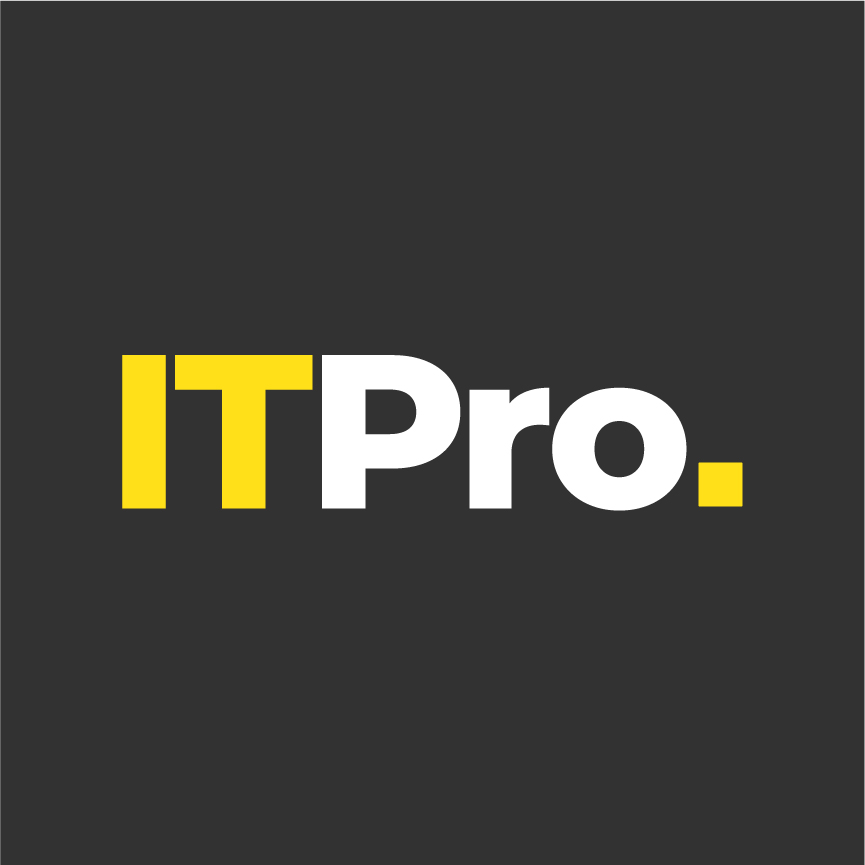Sponsored by HP
Beyond the upgrade: How to maximize IT investments and minimize waste
How to maintain optimal performance and productivity with your fleet of hardware and stave off the next upgrade cycle for a bit longer

In 2025 IT spending is projected to reach $1.28 trillion in Europe alone, according to Gartner. That is an 8.7% increase from 2024, with businesses set for a big hardware refresh for the new year.
No hardware lasts forever, but there are ways to extend the life of computers so businesses can extract maximum value from their investments without sacrificing performance or productivity.
All companies will have to manage an upgrade cycle at some point. But how soon is more under your control than you may realize.
On average, businesses replenish their office hardware every three to five years and there will be some extra importance attached to 2025: it’s both five years since the pandemic – which saw mass upgrades to accommodate remote work – and the year support for Windows 10 ends.
While many can plan and save for the inevitable, unforeseen issues can cause problems; Profit and budget are tied to sales performances, which is also linked to the wider market, where there can be fluctuations or stagnation.
The user also has a considerable impact – think loss, damage, or theft – and the business may also make a poor investment in the first place, which can bring its refresh cycle forward drastically.
If we specifically look at PC and laptop stock, businesses need extra in reserve in case of loss or damage. On top of that, many will have to measure where each type of machine goes so that it matches the needs of the company's goals. For example, laptops with NPU chips and AI software might not be necessary for everyone and when those laptops fail, you need a like-for-like replacement – any old Chromebook that you have in the cupboard isn’t going to cut it.
“Even businesses that have the financial resources to replenish laptops quite regularly shouldn’t do so just because they can – they need to think about landfills and their impact on the planet,” said HP sustainability lead for the UK and Ireland, Nancy Powell. “Another laptop in the bin is not sensible IT management, no matter how many recycled materials have gone into the creation of a new machine.”
More than 12 million computers have gone to landfills over the last five years, according to Business Waste. These contain valuable but hazardous materials that should never be discarded if there is an alternative. But how can organizations marry their need to reduce IT costs with their environmental impacts? The answer is often to do more with less.
The secrets to long life
Getting it right from the start is a surefire route to success here. It should come as no surprise that premium laptops and computer models tend to offer the longest lifespan. The best quality materials have been used, they come with processors that optimize performance and battery life, and they will be built to handle intense workloads. So a shrewd initial purchasing decision will stave off that refresh cycle for longer.
Where you get your hardware from is also key; the vendor might make laptops with all the bells and whistles, but what do they offer when those bells and whistles stop working? The value of a computer should include a form of warranty or aftersales care services, particularly for business purchases.
Extending the life of your old machines, regardless of their quality, is better for your IT budget and the environment. You can stretch your IT budget a little bit more by increasing the longevity of your devices, rather than purchasing new ones. By upgrading the performance of aging devices, and saving a bit more of that upcycle costs without compromising work performance, businesses will have a little bit more capital to buy more premium models when their next refresh cycle eventually comes – this then gives them a better chance of extending the life span in the future.
A good vendor will offer both value for money and true sustainability. For example, HP and its Device Life Extension service – part of the HP Solutions portfolio – can maximize IT investments. This addresses common performance issues and increases employee productivity, but also reduces your carbon footprint.
With the Device Life Extension Service, organizations send their existing PCs for a deep clean, inside and out, with dust and debris removed from the internal parts of the machines. Components, such as the battery and RAM, will be tested and upgraded as necessary. Newer software will be uploaded and all data on the device will be sanitized per the NIST 800.88 standard. After a final quality check, the re-energized PCs will be shipped back.
Future sustainability
Refurbishing and recycling IT hardware should, in theory, become easier as we use more sustainable materials and develop more innovative methods for building, repairing, and upgrading computers. Public demand for more green technologies and sustainable practices will also aid this.
However, the needs of businesses will always take precedence and it is on leaders to make the changes needed. Better management of laptop stock, shrewder purchasing decisions, and maybe changes in working habits will all be needed to reduce computer waste.
Reducing wastage here will also reduce waste elsewhere, particularly when it comes to budget and resources. Indeed, extending the lifespan of a machine by, on average, two years instead of buying a new one, delivers a 30% lower carbon footprint, according to TCO Certified, Impacts and Insights – Circular IT Management in Practice. Freed from the burden of trying to support aging and malfunctioning machines, organizations can also focus precious budgets and IT resources on other tasks that drive business value and set them up for success.
As the times change, so do the tools, and what is becoming the norm today might force a rethink in how we recycle and refurbish our devices in the future. Generative AI is already changing how we use our machines and even altering the way they are built and designed – will NPU chips be added to older machines to give them more modern performance and capabilities? Two years ago the Copilot button was an idea not many people had heard of, now they’re almost the default feature on new laptops.
AI features or not, there must be better consideration of how we use and reuse our IT hardware. Services like HP’s Device Life Extension are here to take away the stress of the looming upgrade cycle, give businesses more control over their budgets, save our machines from landfills, and, ultimately, keep our planet in good health.
Get the ITPro daily newsletter
Sign up today and you will receive a free copy of our Future Focus 2025 report - the leading guidance on AI, cybersecurity and other IT challenges as per 700+ senior executives
ITPro is a global business technology website providing the latest news, analysis, and business insight for IT decision-makers. Whether it's cyber security, cloud computing, IT infrastructure, or business strategy, we aim to equip leaders with the data they need to make informed IT investments.
For regular updates delivered to your inbox and social feeds, be sure to sign up to our daily newsletter and follow on us LinkedIn and Twitter.
-
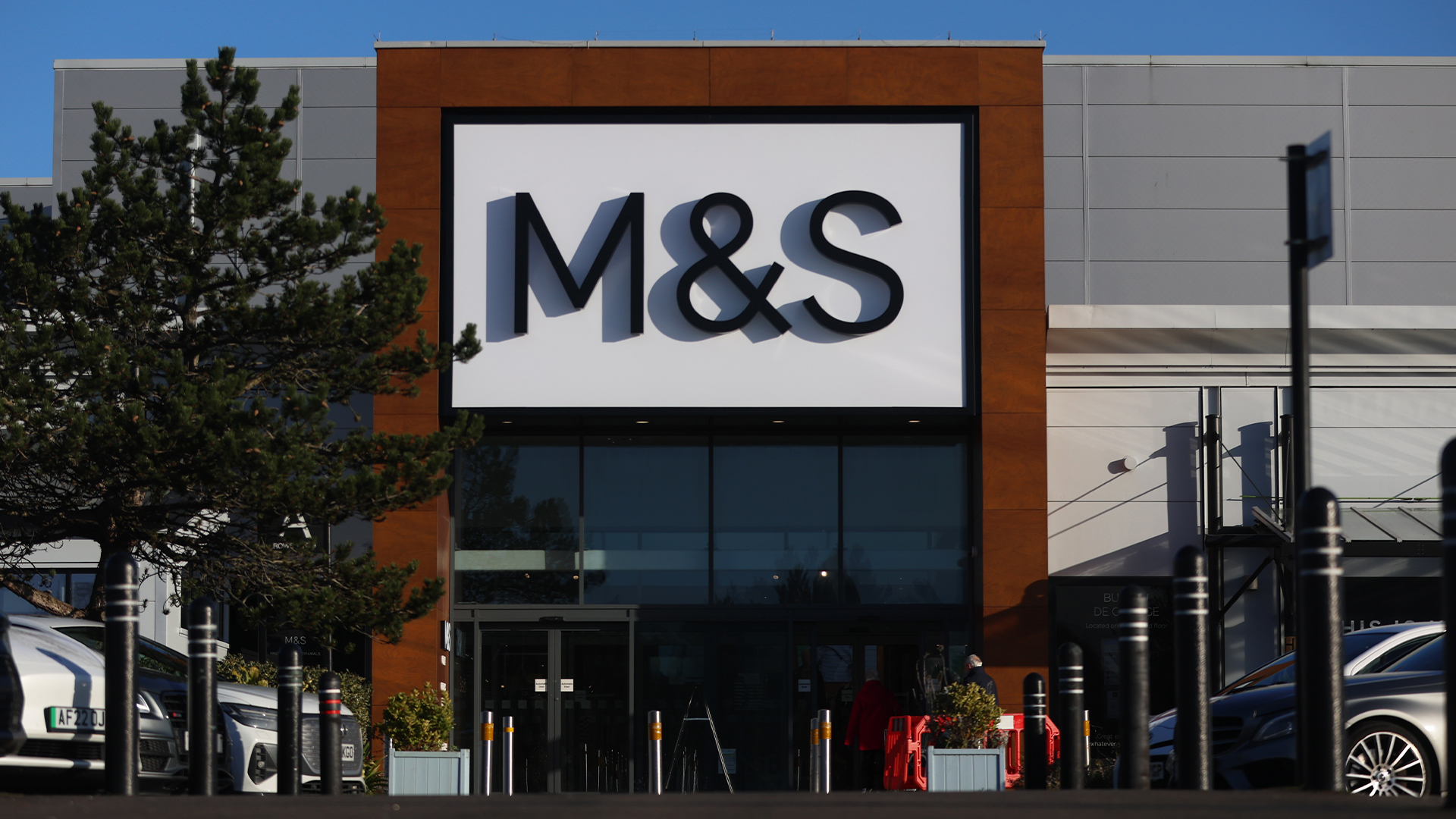 M&S suspends online sales as 'cyber incident' continues
M&S suspends online sales as 'cyber incident' continuesNews Marks & Spencer (M&S) has informed customers that all online and app sales have been suspended as the high street retailer battles a ‘cyber incident’.
By Ross Kelly
-
 Manners cost nothing, unless you’re using ChatGPT
Manners cost nothing, unless you’re using ChatGPTOpinion Polite users are costing OpenAI millions of dollars each year – but Ps and Qs are a small dent in what ChatGPT could cost the planet
By Ross Kelly
-
 Microsoft just hit a major milestone in its ‘zero waste’ strategy
Microsoft just hit a major milestone in its ‘zero waste’ strategyNews Microsoft says it's outstripping its zero waste targets, recording a 90.9% reuse and recycling rate for servers and components in 2024.
By Emma Woollacott
-
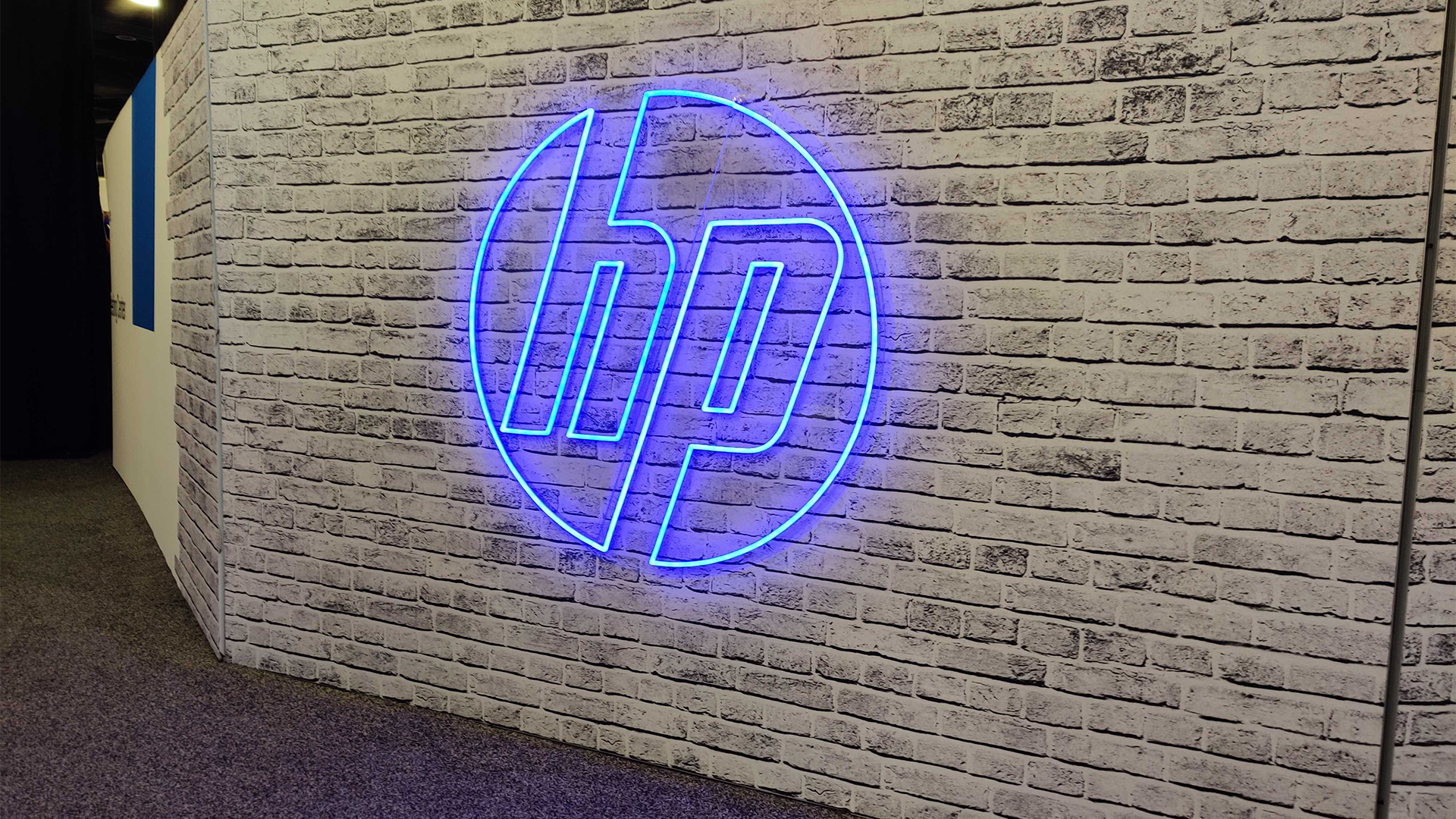 HP’s sustainability drive is paying off for channel partners
HP’s sustainability drive is paying off for channel partnersNews Channel partners that bought into HP’s sustainability program saw sales increase as customers react positively
By Solomon Klappholz
-
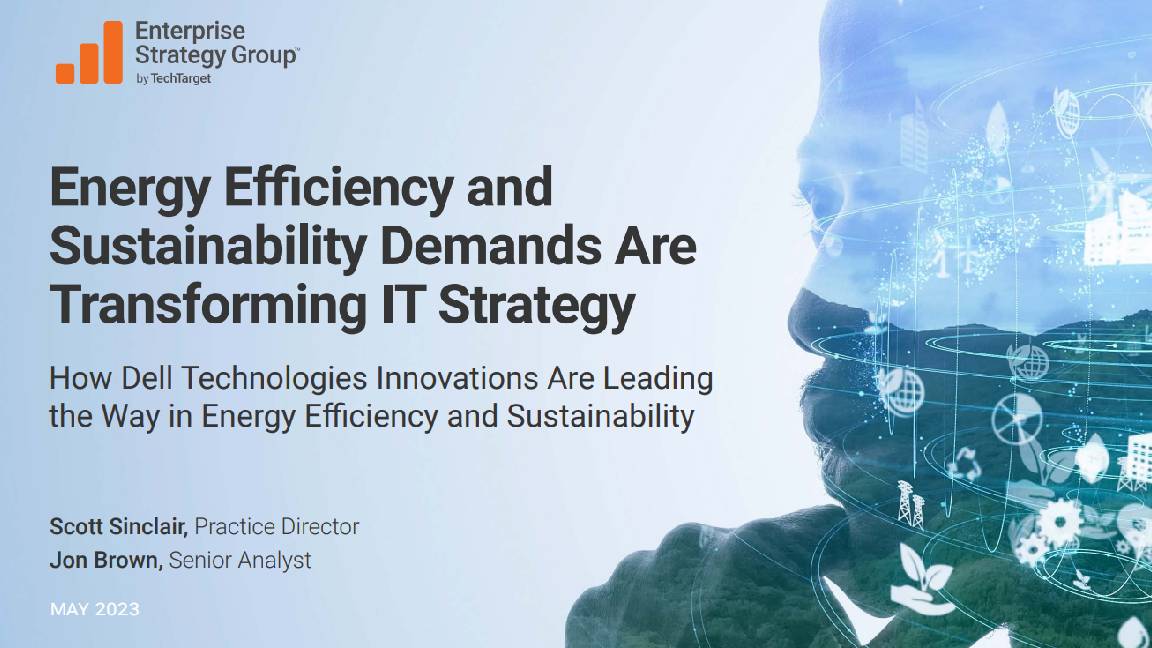 Energy efficiency and sustainability demands are transforming IT strategy
Energy efficiency and sustainability demands are transforming IT strategywhitepaper How Dell Technologies innovations are leading the way in energy effiency and sustainability
By ITPro
-
 Energy efficiency and sustainability demands are transforming IT strategy
Energy efficiency and sustainability demands are transforming IT strategywhitepaper How Dell Technologies innovations are leading the way in energy effiency and sustainability
By ITPro
-
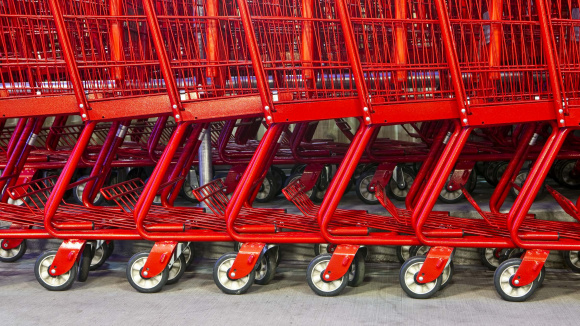 Creating successful supply chain planning transformations in the consumer industry
Creating successful supply chain planning transformations in the consumer industryWhitepaper Think differently about SCP transformations and, in doing so, move into a better future for supply chains
By ITPro
-
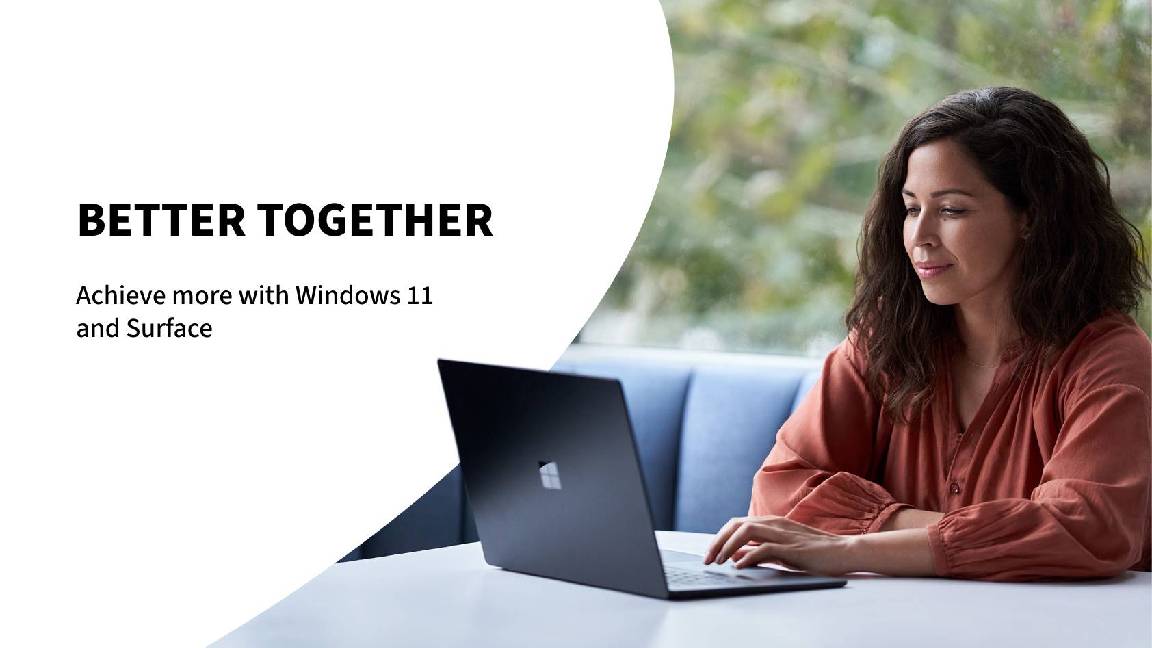 Better together
Better togetherWhitepaper Achieve more with Windows 11 and Surface
By ITPro
-
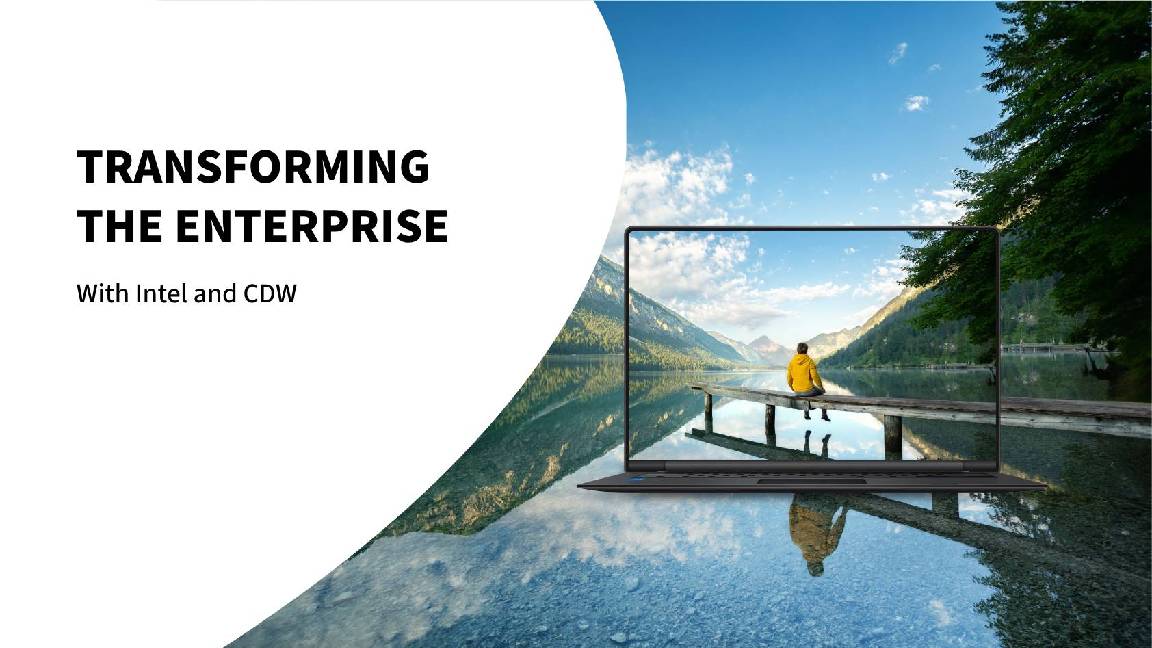 Transforming the enterprise
Transforming the enterpriseWhitepaper With Intel and CDW
By ITPro
-
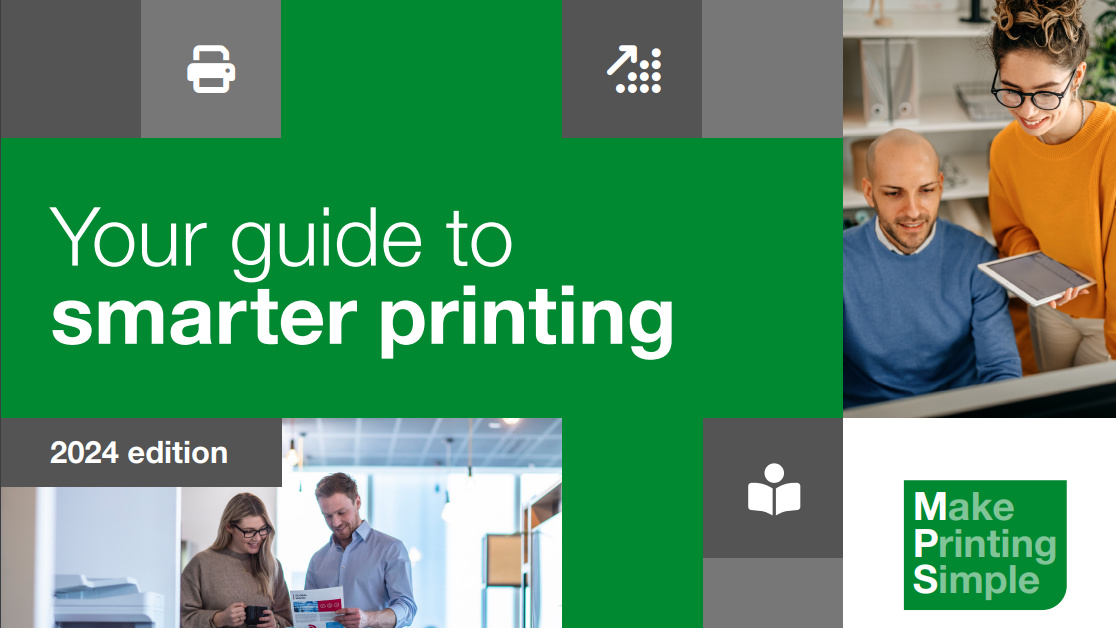 Your guide to smarter printing: 2024 edition
Your guide to smarter printing: 2024 editionWhitepaper Making smarter printing simple for all businesses
By ITPro
